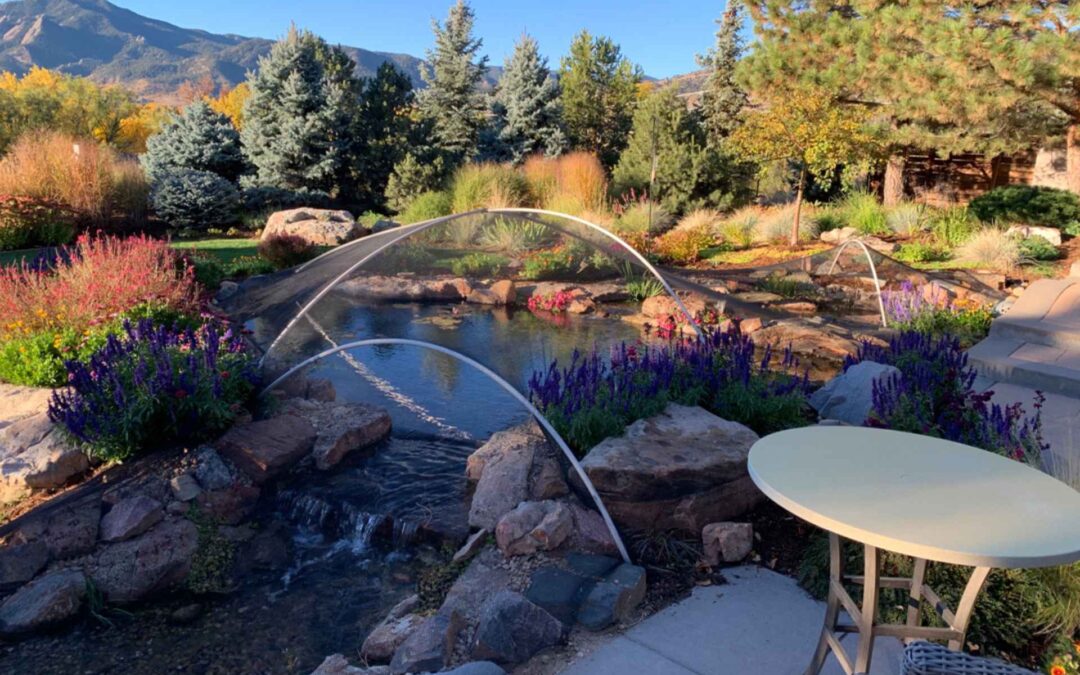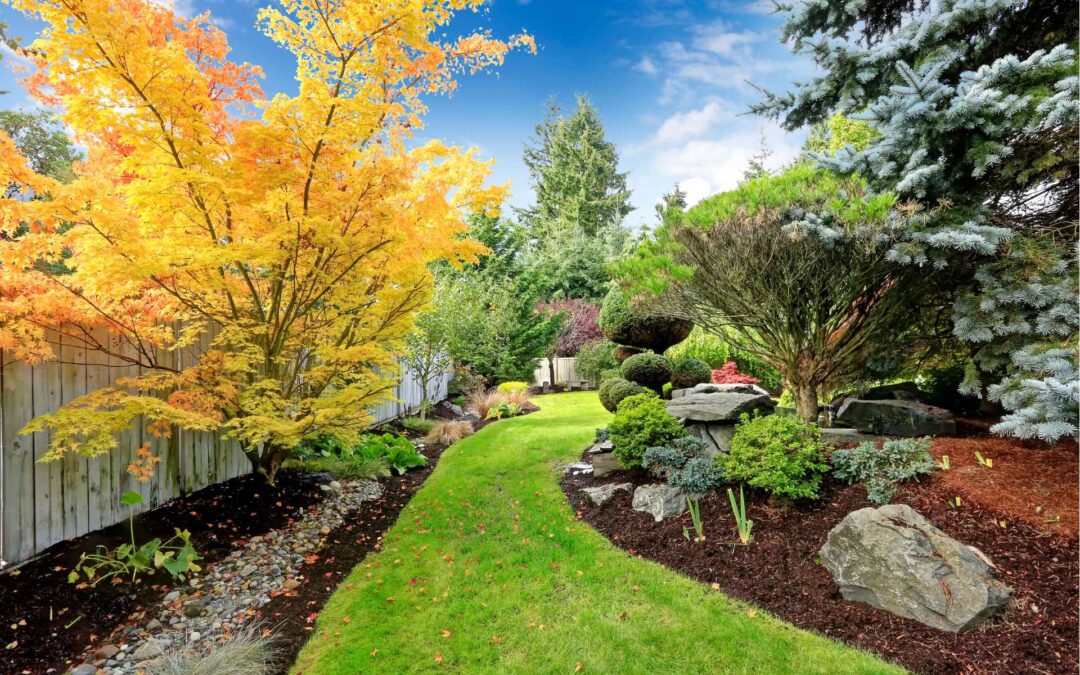Discover the essential factors to consider when choosing the perfect pond pump for your backyard pond.
5 Things to Consider When Picking A Pump For Your Backyard Pond
A backyard pond can add beauty and tranquility to your outdoor space. Whether you have a small water feature or a large pond, it is important to choose the right pond pump to keep the water clean and healthy. But with so many options available, how do you know which pump is best for your pond? In this article, we will explore five key factors to consider when picking a pump for your backyard pond.
Factors to Evaluate Before Choosing a Pond Pump
Before purchasing a pond pump, it is essential to evaluate certain factors to ensure the pump meets the specific needs of your backyard pond. One factor to consider is the size of your pond. A larger pond will require a more powerful pond pump to circulate the water effectively. Additionally, you should also consider the depth of your pond, as this will affect the pump’s performance.
Another important factor to evaluate is the type of pond you have. If you have a pond with fish, you will need a pump that can provide adequate oxygenation. On the other hand, if you have a pond without fish, you may not require such a powerful pump. Additionally, consider the location of your pond, as pumps located in shaded areas may require less power compared to those in direct sunlight.
It’s crucial to assess the flow rate and head height capabilities of the pond pump as well. The flow rate determines how much water the pump can circulate within a specific period, while the head height indicates the maximum height the pump can push water vertically. Matching these specifications to your pond’s requirements is vital to ensure optimal performance.
You may also need to take into account the energy efficiency of the pond pump. Opting for a pump with a higher energy efficiency rating may result in long-term cost savings on electricity bills. Look for pumps with features such as variable speed settings or energy-saving motors to minimize energy consumption while maintaining effective water circulation.
Understanding the Water Volume in Your Backyard Pond
One of the most critical aspects to understand when choosing a pond pump is the water volume in your backyard pond. This information is crucial as it will determine the pump’s flow rate, which is the rate at which water is circulated. Measuring the water volume can be done by determining the pond’s length, width, and average depth.
Once you have calculated the water volume, you can then select a pump with an appropriate flow rate. It is important to choose a pump that can circulate the entire volume of water in your pond at least once every hour. Failure to do so could lead to poor water quality and potentially harm the plant and fish life in your pond.
Understanding the water volume in your backyard pond is not only essential for selecting the right pond pump but also for maintaining a healthy ecosystem. The volume of water directly impacts the oxygen levels in the pond, which are crucial for the well-being of fish and other aquatic life. Adequate circulation ensures that oxygen is distributed evenly throughout the water, preventing stagnation and promoting a thriving environment.
Knowing the water volume allows you to make informed decisions when adding new plants or fish to your pond. Different species have varying space and oxygen requirements, so having an accurate understanding of your pond’s volume enables you to create a balanced and sustainable habitat for all inhabitants.
Selecting the Right Pump Size for Your Pond
When selecting a pump for your backyard pond, it is essential to choose the right size pump. A pump that is too small will not be able to effectively circulate the water, while a pond pump that is too large may consume excessive energy, leading to higher electricity bills. Therefore, it is crucial to select a pump that is appropriately sized for your pond.
To determine the correct pump size, you need to consider the pump’s flow rate, head pressure, and the length and diameter of the tubing that will be used. The head pressure refers to the amount of resistance the pump encounters when pushing water through the tubing and up to a waterfall or fountain. Taking all these factors into account will ensure you select the correct pump size for your backyard pond.
It’s also important to factor in the height and width of any water features in your pond, such as waterfalls or streams, as these will impact the pump’s performance. If you have a taller waterfall, for example, you will need a pump with a higher head pressure to ensure the water is pumped to the top effectively. Additionally, if you plan to add any filtration systems to your pond, you should choose a pump that can accommodate the additional flow rate required to pass water through the filters.
Another consideration when selecting a pump size is the climate in your area. In colder climates, where ponds may freeze over in winter, a larger pump may be necessary to keep water circulating and prevent ice formation. On the other hand, in warmer climates, a smaller pond pump may be sufficient to maintain water movement and aeration.
The Importance of Pump Flow Rate in Pond Maintenance
The flow rate of a pond pump plays a crucial role in maintaining the overall health of your backyard pond. A higher flow rate will help prevent the build-up of algae and other debris, ensuring cleaner and clearer water. However, it is essential to strike a balance, as an excessively high flow rate can cause damage to the pond’s ecosystem.
Regularly monitoring the pump’s flow rate and adjusting it accordingly is necessary to maintain optimal pond conditions. In general, a flow rate of 2,000 to 3,000 gallons per hour is suitable for most backyard ponds. However, you may need to adjust this range based on the requirements of your waterfall design. Most backyard waterfall flow rates to a pond are between 3,000 to 5,000 gallons per hour. However, you may need to adjust this range based on the specific requirements of your pond.
When selecting a pond pump, it’s important to consider not only the flow rate but also the head height the pump needs to overcome. Head height refers to the vertical distance between the water level in the pond and the highest point where the water will be pumped. A pump with a higher head height rating is necessary if your pond has a waterfall or stream that requires water to be pumped uphill.
The size of your pond and the types of aquatic life it supports will also influence the ideal flow rate. Larger ponds with more fish may require a higher flow rate to maintain water quality, while smaller, plant-focused ponds may benefit from a gentler flow to avoid disturbing delicate aquatic plants.
Energy Efficiency: A Key Consideration in Pond Pump Selection
When choosing a pump for your backyard pond, it is important to consider its energy efficiency. Pond pumps can consume a significant amount of electricity, especially if they are running 24/7. Opting for an energy-efficient pump not only helps reduce your electricity bills but also minimizes your carbon footprint.
Look for pond pumps with energy-saving features such as adjustable flow rates and variable speed options. These features allow you to adjust the pump’s performance based on the specific needs of your pond, thereby reducing energy consumption. Additionally, consider pumps with advanced motor technology, as these tend to be more energy-efficient.
Energy efficiency in pond pumps is not only beneficial for your wallet and the environment but also plays a crucial role in the overall health of your pond ecosystem. By reducing energy consumption, you can help maintain a stable and balanced environment for your aquatic plants and animals. This, in turn, promotes better water quality and supports the natural processes within the pond.
Another important aspect to consider when selecting a pond pump is the ease of maintenance. Look for pond pumps that are easy to clean and maintain to ensure optimal performance and longevity. Regular maintenance, such as cleaning the pump and checking for any clogs, is essential to prevent disruptions in water flow and potential damage to the pump.
Just to reiterate, selecting the right pump for your backyard pond is crucial to maintain optimal water quality and ensure the health of your pond’s ecosystem. Evaluating factors such as pond size, water volume, pump size, flow rate, energy efficiency, and ease of maintenance will help you make an informed decision. By considering these factors, you can create a beautiful and thriving backyard pond that will provide enjoyment for years to come.






